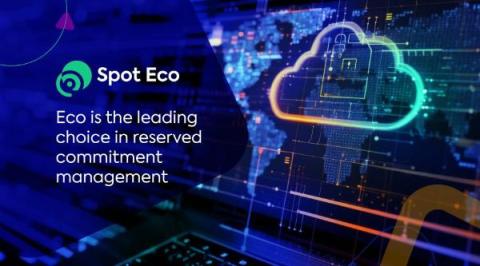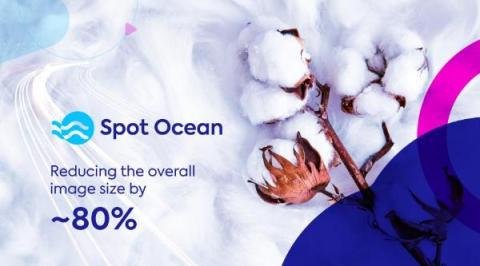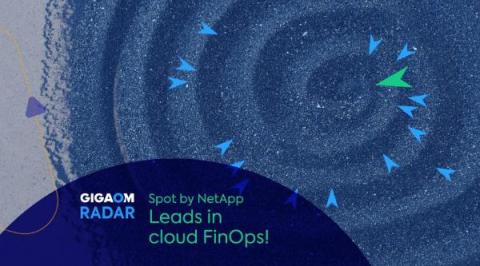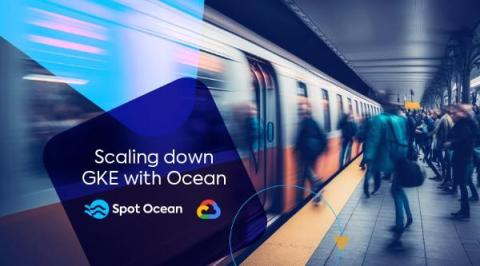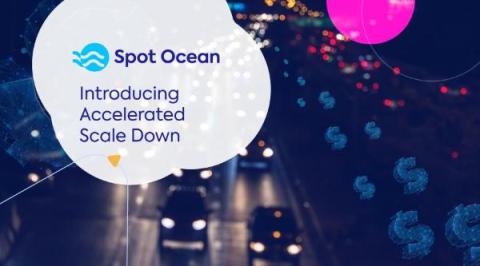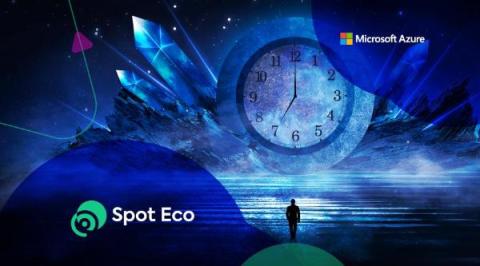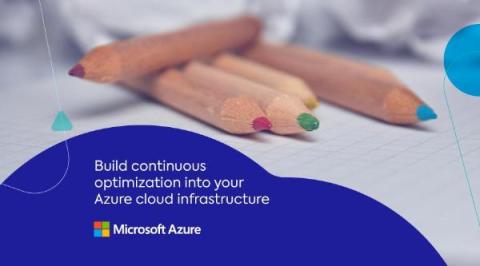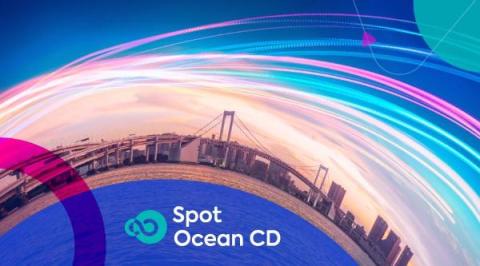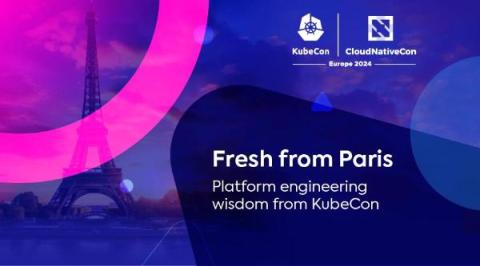Adapting to change: Mitigating AWS's policy against selling discounted RIs on the Marketplace
In late 2023, AWS began informing customers that as of January 15, 2024, they would start enforcing their existing policy of not allowing discounted RIs to be sold on the RI Marketplace, according to AWS Service Terms 5.6.1.: “You may not resell an EC2 Reserved Instance that you purchased through a discount program.” This policy has been in place since at least 2014; however, AWS rarely enforced it.


